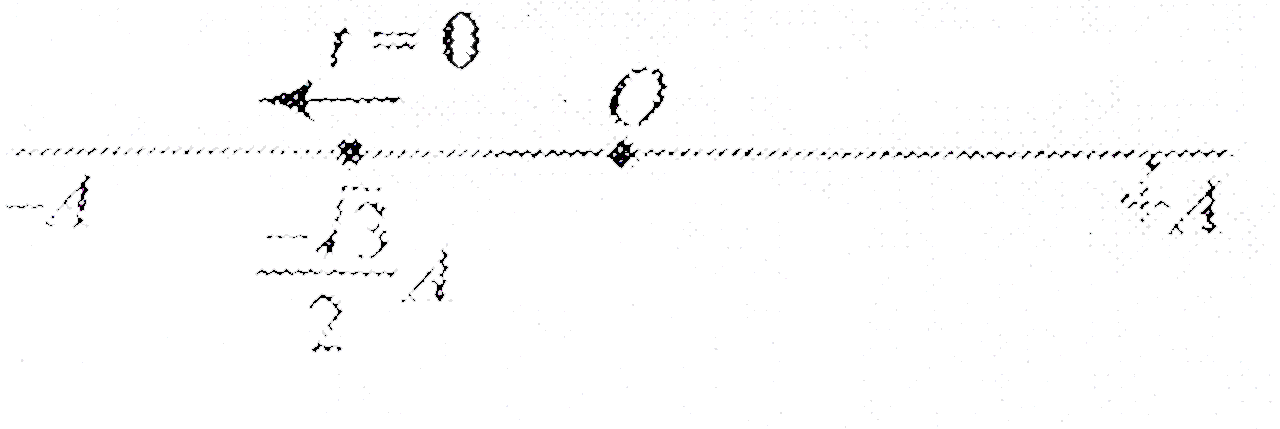A
B
C
D
Text Solution
Verified by Experts
The correct Answer is:
|
Topper's Solved these Questions
LINEAR AND ANGULAR SIMPLE HARMONIC MOTION
CENGAGE PHYSICS|Exercise Subjective type|3 VideosView PlaylistLINEAR AND ANGULAR SIMPLE HARMONIC MOTION
CENGAGE PHYSICS|Exercise Single correct anwer type|14 VideosView PlaylistLINEAR AND ANGULAR SIMPLE HARMONIC MOTION
CENGAGE PHYSICS|Exercise Subjective type|2 VideosView PlaylistKINETIC THEORY OF GASES AND FIRST LAW OF THERMODYNAMICS
CENGAGE PHYSICS|Exercise Interger|11 VideosView PlaylistMISCELLANEOUS KINEMATICS
CENGAGE PHYSICS|Exercise Interger type|3 VideosView Playlist
Similar Questions
Explore conceptually related problems
Knowledge Check
Similar Questions
Explore conceptually related problems
CENGAGE PHYSICS-LINEAR AND ANGULAR SIMPLE HARMONIC MOTION-Multiple Correct Answer Type
- A particles starts from point x=-sqrt(3)/(2) A and move towards negati...
05:15
|
Playing Now - A particle is in linear simple harmonic motion between two points A an...
03:35
|
Play - The displacment versus timecurves for a particle executing SHM is sho...
03:01
|
Play - Which of the following statements is/are true for a simple harmonic os...
02:28
|
Play - The displacement -time graph of a particle executing SHM is shown in f...
04:51
|
Play - A linear harmonic oscilator of force constant 2xx10^(6) N//m times and...
04:34
|
Play
